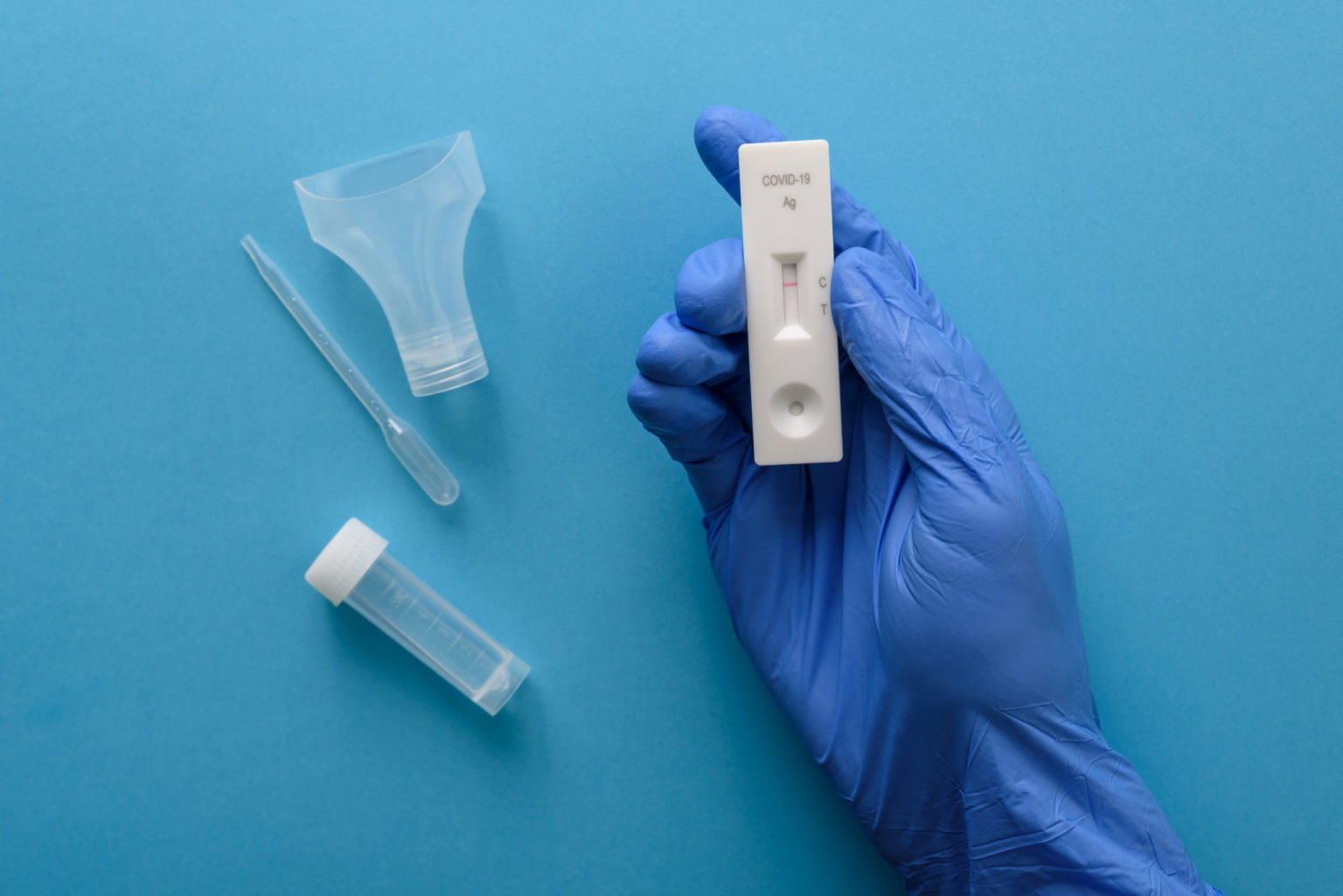Since the outbreak of COVID-19, the global pandemic has been a constant topic of concern for citizens and governments around the world. As the disease spreads, it is necessary for all of us to do what we can to stop the spread of COVID-19. One part of a comprehensive COVID-19 strategy includes broad availability of coronavirus tests, which are a essential tool for controlling outbreaks and protecting individuals. Many people are curious about the different types of diagnostic tests and how they work, which is understandable. If you’re interested in learning more, read on to find out how coronavirus lab tests work.
How do coronavirus lab tests work?

On a basic scientific level, a coronavirus lab test works by looking for the presence of the virus’ genetic material. This can be done using a variety of techniques, including polymerase chain reaction (PCR) and reverse transcriptase PCR (RT-PCR). These tests are extremely sensitive and can detect even small amounts of virus DNA or RNA. A real-time polymerase chain reaction (PCR) assay can detect the presence of the virus in a patient’s respiratory sample. These tests are usually the most accurate, but can be more expensive to perform.
The World Health Organization (WHO) recommends several methods for testing for COVID-19, depending on the severity of the infection and the resources available. In cases of mild or moderate illness, a doctor may take a nasopharyngeal swab or a throat swab to test for the virus. For more serious cases, or in areas where the virus is more common, a blood test may be used. The most accurate way to test for the virus is to use a polymerase chain reaction (PCR) test. However, this type of test is not always available.
The Centers for Disease Control and Prevention (CDC) recommends that people get tested for COVID-19 if they have a fever and respiratory symptoms, such as cough or shortness of breath, and have been in close contact with someone known to have or suspected of having COVID-19 in the past 14 days. People who are considered at high risk for developing COVID-19 should get tested even if they do not have any symptoms. This includes people who are age 65 or older, have a serious medical condition, or have recently traveled to a country with a high number of cases.
What else can you do to prevent the spread of COVID-19?

Masks and social distancing are two key ways to prevent the spread of COVID-19. Wearing a mask can help protect you from getting the virus, and social distancing can help keep you from coming in contact with others who may be infected. Masks work by trapping droplets that are released when you cough or sneeze. This helps keep the droplets from spreading and infecting others. It is crucial to make sure that you are wearing a mask properly. The mask should fit tightly against your face and the ties should be secured around your head. Some masks are more effective than others, so stay updated on current guidance from public health experts.
Homeowners should be aware that the CDC has emphasized that proper ventilation at home is necessary to protect against the spread of the virus. In fact, the CDC has issued specific guidelines on how to ensure good airflow in your home. You can open windows to let fresh air in or use fans to help circulate are more effectively, for example. Indoor hygiene is a factor as well. You should keep your home clean and free of clutter, which can trap pollutants. This includes vacuuming and dusting regularly, and clean your floors and surfaces with disinfectant wipes.
As you can see, there is a lot to learn about best practices for preventing infection during this public health emergency. COVID-19 vaccines and regular testing are irreplaceable parts of a comprehensive strategy for mitigating the worst effects of the pandemic. We must do far more than that though, including wearing face masks and taking part in social distancing when we’re in public. Even at home, you can take steps like improving ventilation or opening your windows more frequently to ensure that your indoor air is safe to breathe.




